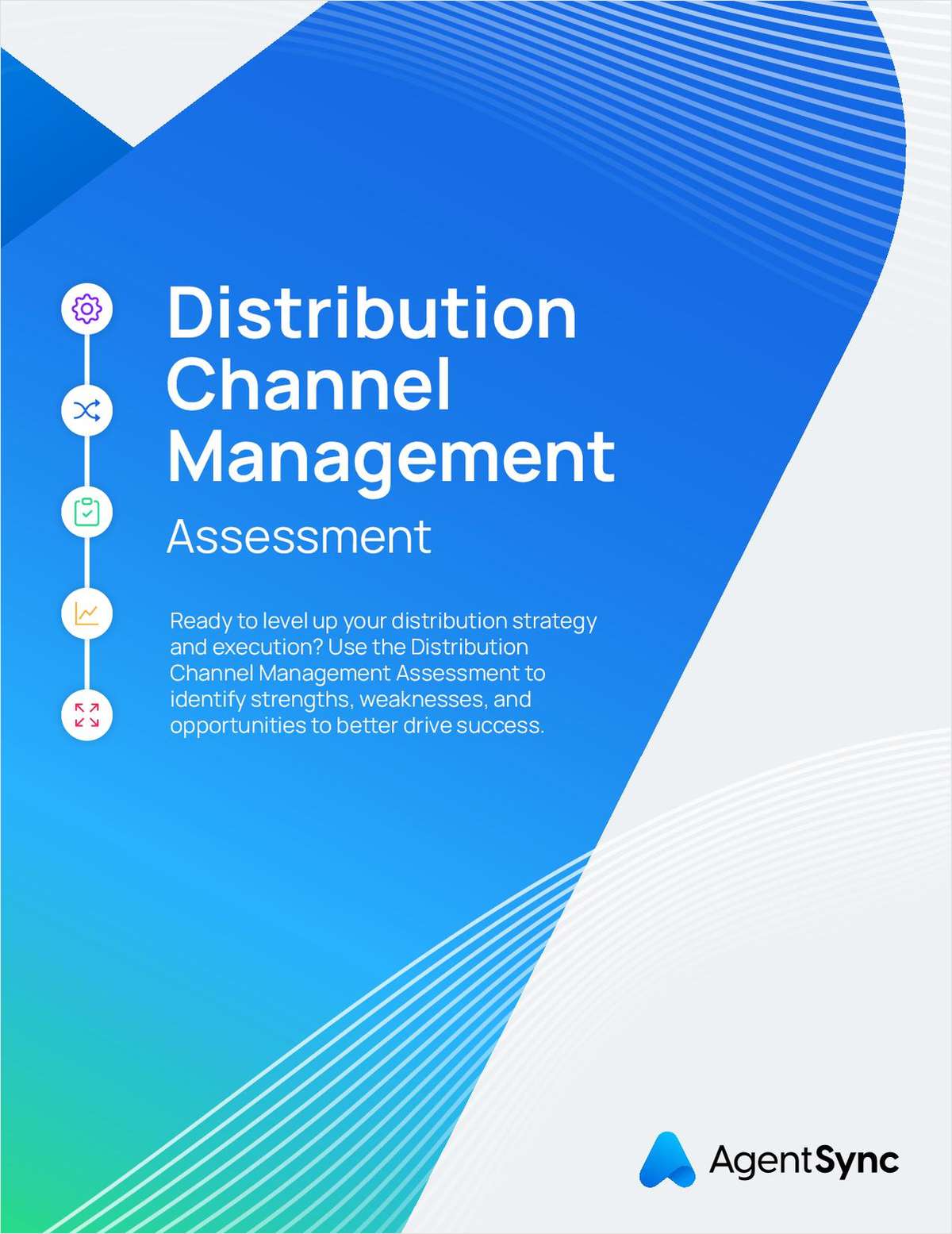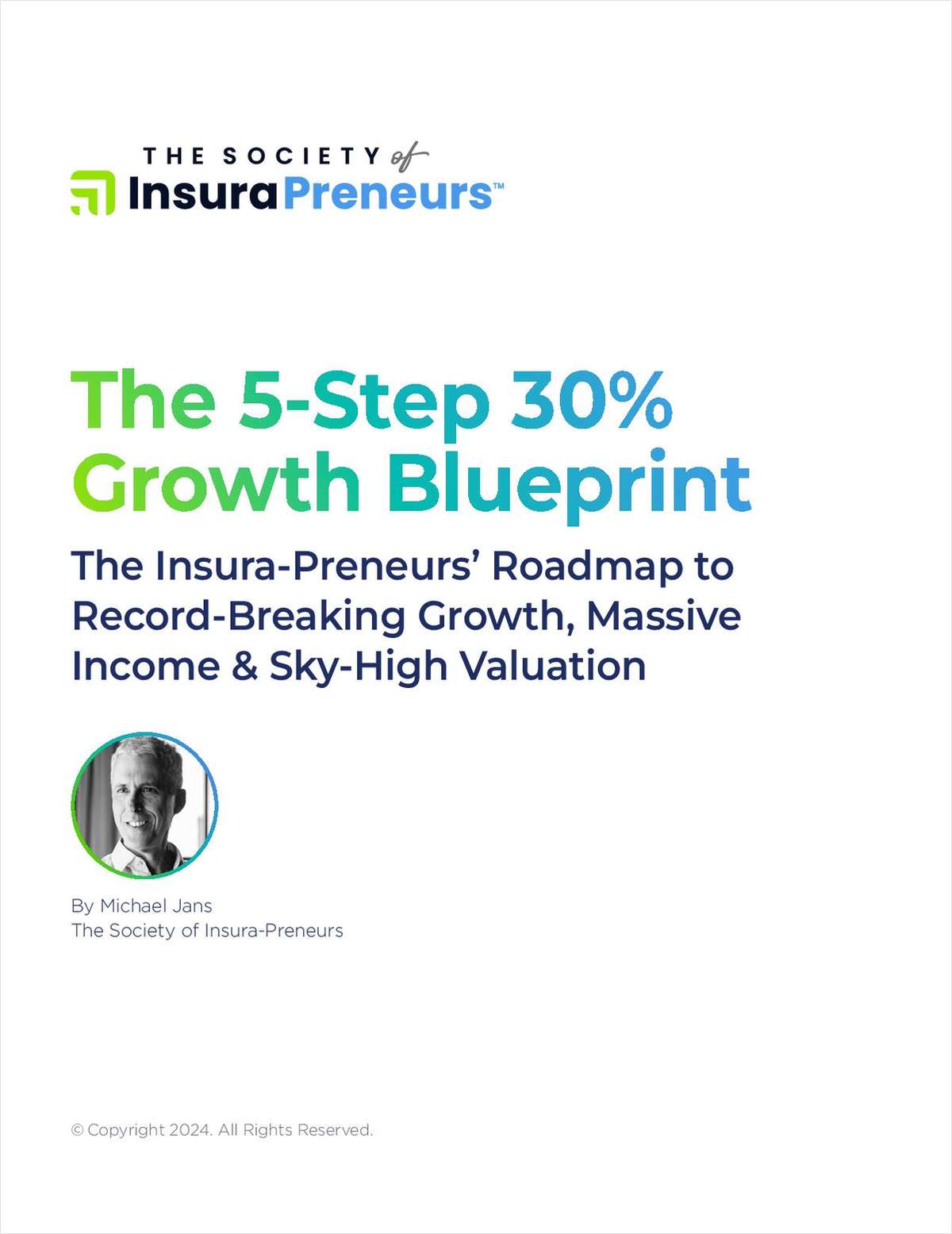 Brian Gianfelice, Director of Corporate Claims, Hostess Brands
Brian Gianfelice, Director of Corporate Claims, Hostess Brands
What is the most common injury among your workers?
Strains and sprains are most common, resulting from any number of reasons including physically demanding work activity, chronic health conditions and an aging workforce.
What is your view on the current Workers' Comp market?
The Workers' Comp market is currently good, with carriers trying to get small rate increases. Coverage generally is available, but large deductible programs require good financials in order to get the best credit terms, which was a challenge for Hostess as conditions deteriorated.
What are some trends that concern you with regard to their potential impact on rate?
Indemnity costs have risen by about 47 percent, and medical costs have jumped close to 100 percent in the past decade. Today we also have Obamacare, the fiscal cliff, Medicaid expansion and a bad economy. The National Council on Compensation Insurance may be recalculating its Experience Modification Factor that may cause premium increases for companies with high loss rates. According to NCCI, accident frequency has also risen for the first time in five years.
What is your strategy in dealing with rising costs?
Searching for and identifying opportunities to improve performance is the name of the game. Deliberate, focused and comprehensive reviews of all compliance, operational and strategic risk are a must. Understanding claims transformation is a big deal when dealing with many different lines of insurance, such as self-insured Worker's Comp or self-insured retention (SIR) for legacy claims going back 10 to 20 years.
How do you fight losses?
Combating claims leakage is a huge way to mitigate losses. Traditionally, claims leakage means paying loss or allocated-loss-adjustment expenses that either didn't have to be paid or were paid over the necessary amount. I say there is “soft” and “hard” leakage. An example of soft leakage is a situation where compensability was accepted without a thorough investigation or contact with all parties to a claim. Examples of hard leakage can be very different. One is the continuation of Temporary Total Disability after a claimant returns to work. Another can occur when a TPA must accept compensability because they missed a statutory deadline or paperwork filing.
Who are your favored WC carriers, and why?
In no particular order, they are Liberty Mutual (diverse product/policy offerings; strong underwriters; excellent loss-prevention capabilities; focus on outcomes), Ace (diverse products; flexible program structure; unbundled claims handling) and XL, for the same reasons as with Ace.
Becky Robinson, Risk Manager, Hobby Lobby Stores Inc.
What is your view on the current Workers' Comp market?
The market is becoming very tight, and I do believe that there will be rate increases—but not to the level we saw five or 10 years ago.
We are self-insured in Ohio, where there has been a significant rate increase. We could have moved out of state, but we like to keep with the carriers who already know our business so we increased our SIR limits.
We have also seen a severity increase in medical costs. It used to be unusual for us to have claims over $100,000, but now we are frequently seeing numbers from $500,000 to $1 million. This is challenging because carriers will judge our losses based on that severity.
What is the most common injury among your workers?
From a frequency standpoint, the majority of issues that we have are lacerations because we have a lot of glass in our stores, and incidents sometimes occur although we provide gloves.
What is your strategy in dealing with rising costs?
If we can raise our deductible as we did in Ohio, we would like to do that, but we also have an internal claims system that captures all of Hobby Lobby's claims activity. We forecast our own trends, look at where our issues are coming from and implement practical solutions like enhancing job training and safety procedures.
Have any state-level reforms impacted your business strategy?
Illinois had a significant reform last year that would allow companies to develop their own PPO networks to manage care. Oklahoma is now considering legislation that will tremendously impact our operations there, which is moving from a court system in which a judge interprets the law according to each case to an administrative system where you can carve out your own administrative program to apply to all cases. This would remove uncertainty in the claims handling process, and it would certainly benefit us.
Marcin Plonka, Corporate Risk Manager, Americas, SAP
What is your view on the current Workers' Comp market?
I would say we are not necessarily in the midst of a hard market, but looking at past data, there is some firming. Due to medical inflation and high unemployment, the combined ratio for Workers' Comp insurance has deteriorated. When I spoke with our brokers about this issue, they indicated that the combined ratio for Workers' Comp in 2012 is estimated to be in the area of 117. This, coupled with lack of investment income and low interest-rate environment, has caused carriers to seek increases between 5 to 10 percent.
Other factors are hikes in state assessments and contributions to second-injury funds [which allow employers to hire previously injured workers who would be disabled by a second incident]. The silver lining for risk managers is there is still good amount of marketplace capacity.
Are there any regulatory changes that you are watching closely?
There was a recent opinion in the Texas Supreme Court regarding the applicability of attorney-client privilege in connection with Worker's Comp claims. In this case, an injured employee filed a bad-faith claim against its carrier, XL, which was escalated to the Supreme Court.
The Court determined that any communication between the carrier's counsel and the employer was not subject to attorney-client privilege. This is important to SAP and other insureds because when you litigate claims in Texas, any communication between the insurance carrier's counsel and insured is subject to discovery by the other party to the lawsuit.”
Are there any Workers' Comp strategies that you are planning to carry out within your organization?
We are monitoring the development of employee concentration. If a large population of employees is located in one factory/office, and all were to be impacted by one incident like a natural catastrophe or terror attack, it would hugely impact the organization and the claims to be paid out under the Workers' Comp program.
Denise K. Evans, Director of Workers' Compensation Claims, Staffmark
What are the key trends you are seeing in the Workers' Compensation arena, and how are you responding to them?
From a claims-management perspective, it is more challenging to control costs due to rising medical expenditures. We are seeing medical costs surpassing the indemnity expense in claims.
Personally, we advocate buying directly from a manufacturer, down to the screws used in a surgery. You can do this by calling doctors for a list of what they would need for the surgery. We then go through a company that has a direct link to manufacturers (we use Medicalservicequotes.com, which is a free service to employers).
As an example, hospitals are able to mark up prices on certain procedures or implants without any caps. In one instance we purchased an implant for $25,000. The hospital errantly sent us an invoice for the same implant—in the amount of $88,000.
Is opioid and painkiller addiction something that is of concern to you?
Every employer is battling this problem. We have an opioid watch in place with our Pharmacy Benefit Manager: When opioids are prescribed, we review with the doctor about whether the patient really needs them. We try to catch addiction before the meds are prescribed, rather than after it becomes a problem.
Want to continue reading?
Become a Free PropertyCasualty360 Digital Reader
Your access to unlimited PropertyCasualty360 content isn’t changing.
Once you are an ALM digital member, you’ll receive:
- Breaking insurance news and analysis, on-site and via our newsletters and custom alerts
- Weekly Insurance Speak podcast featuring exclusive interviews with industry leaders
- Educational webcasts, white papers, and ebooks from industry thought leaders
- Critical converage of the employee benefits and financial advisory markets on our other ALM sites, BenefitsPRO and ThinkAdvisor
Already have an account? Sign In Now
© 2024 ALM Global, LLC, All Rights Reserved. Request academic re-use from www.copyright.com. All other uses, submit a request to [email protected]. For more information visit Asset & Logo Licensing.








